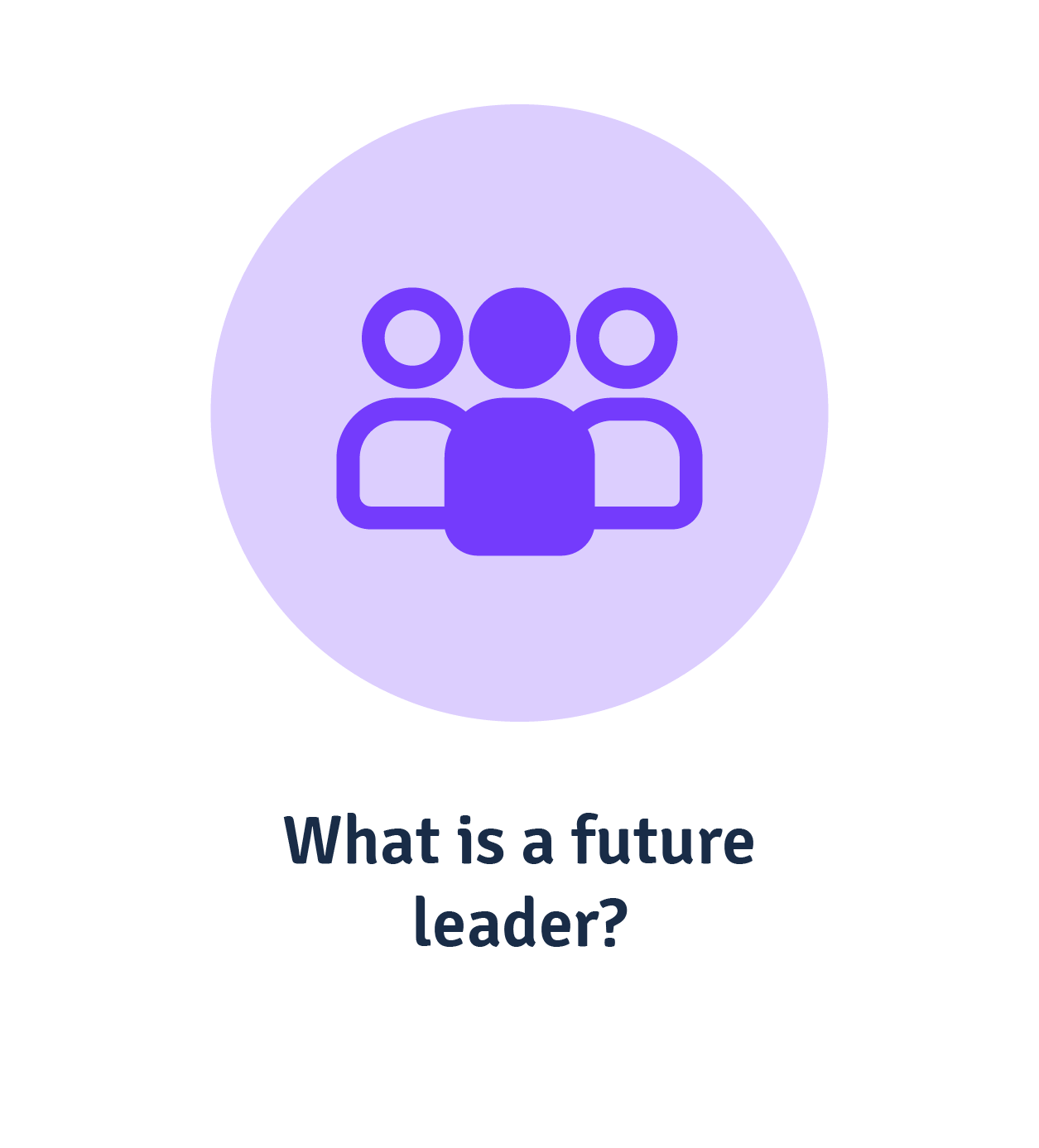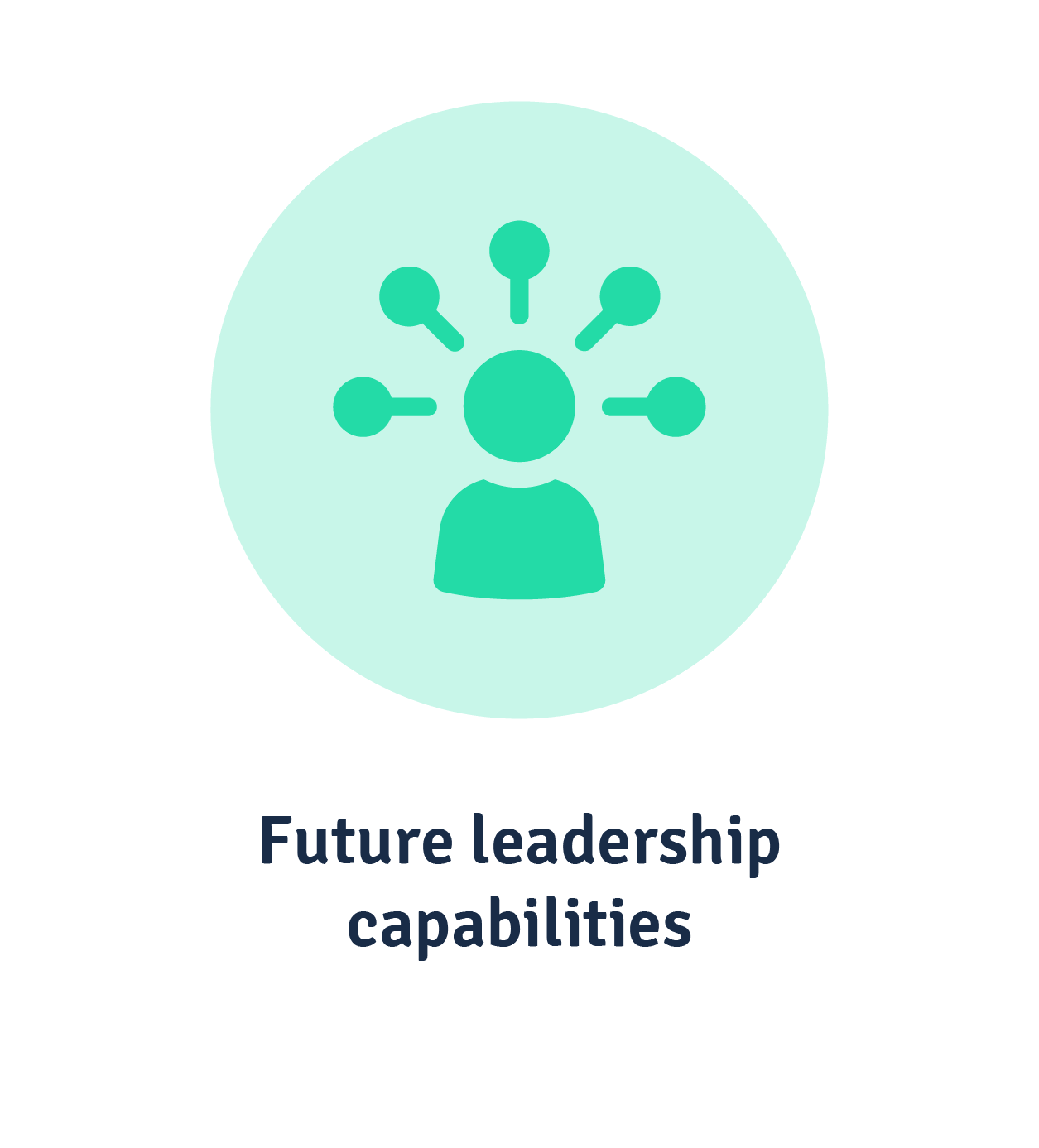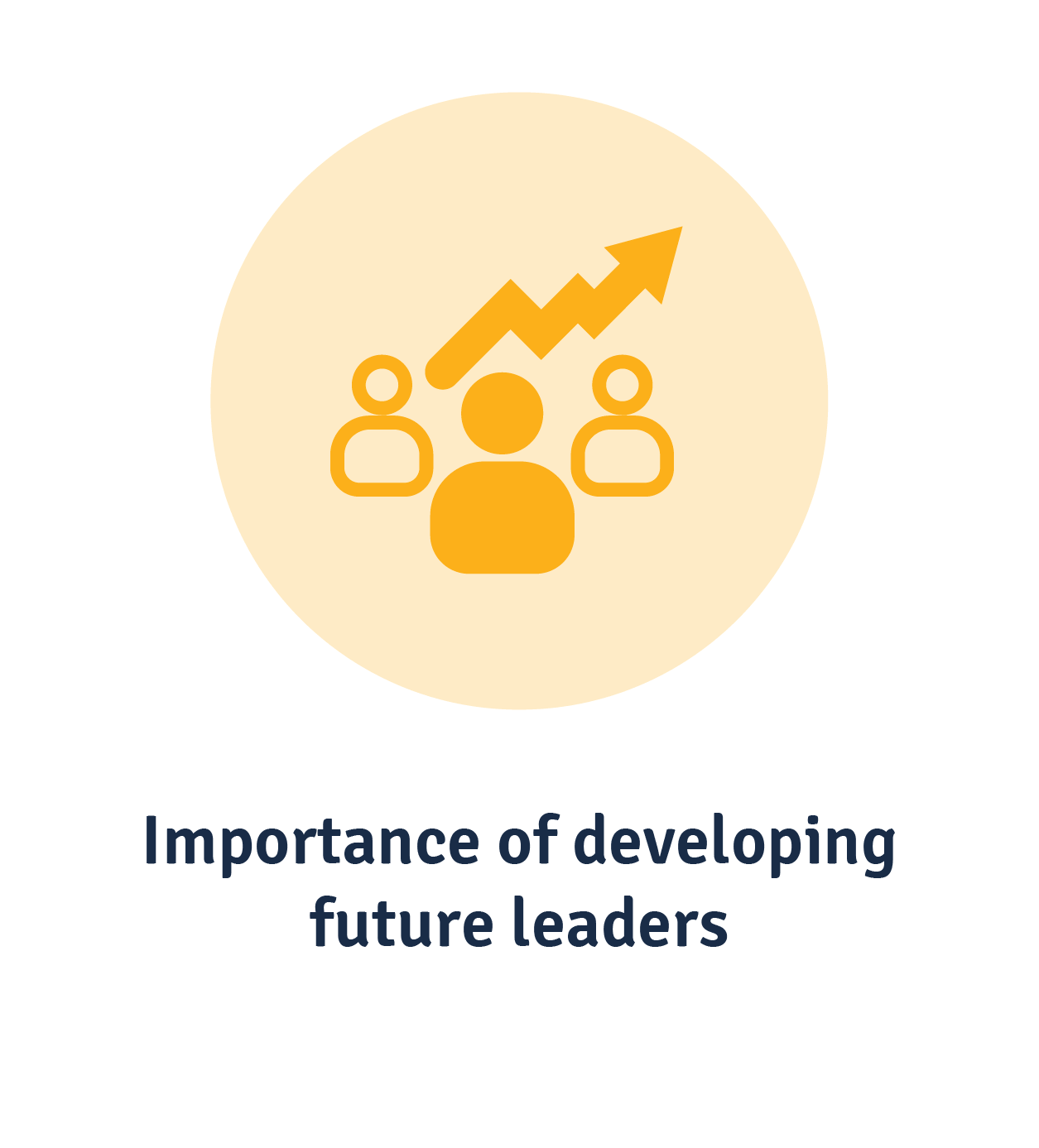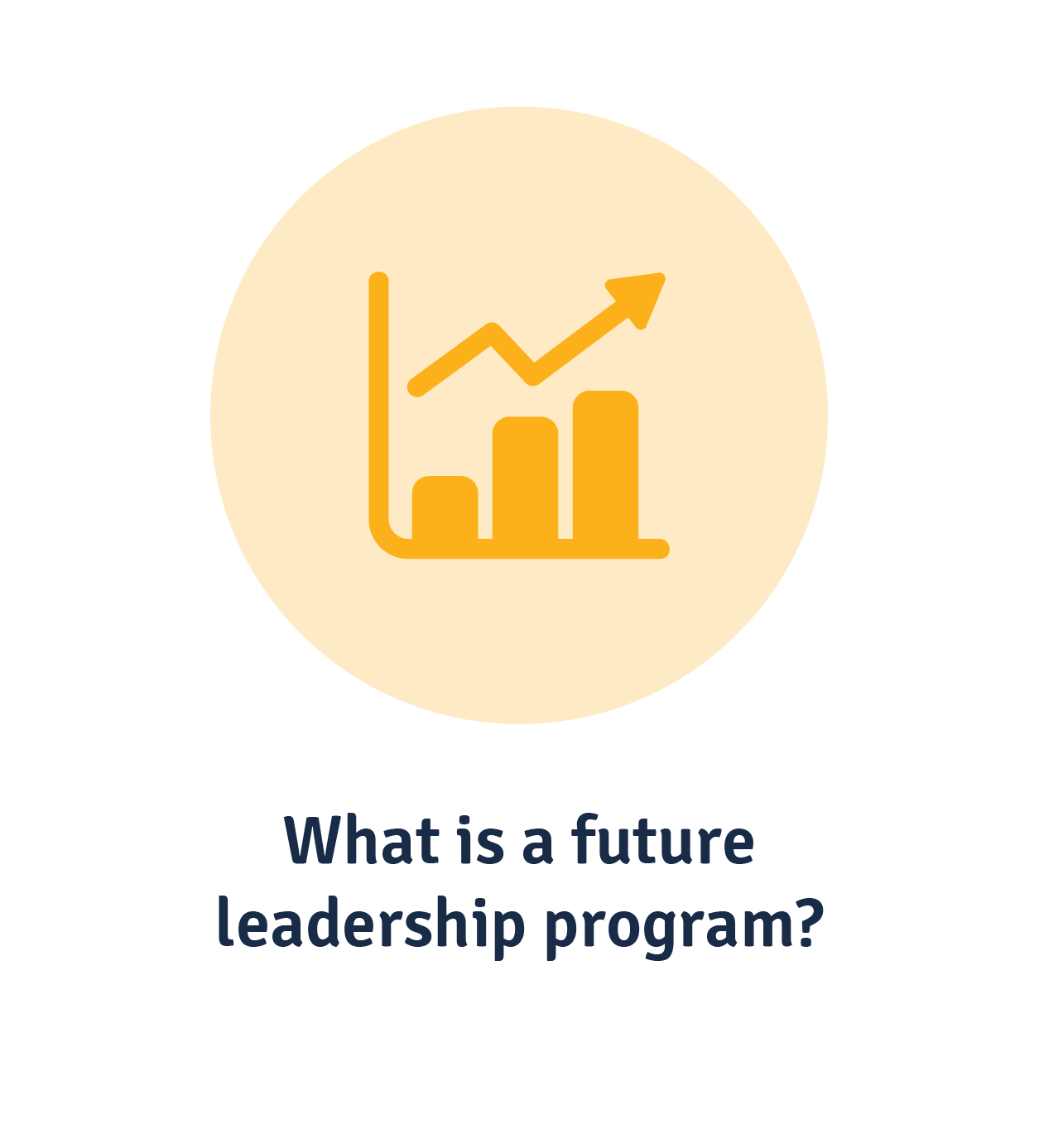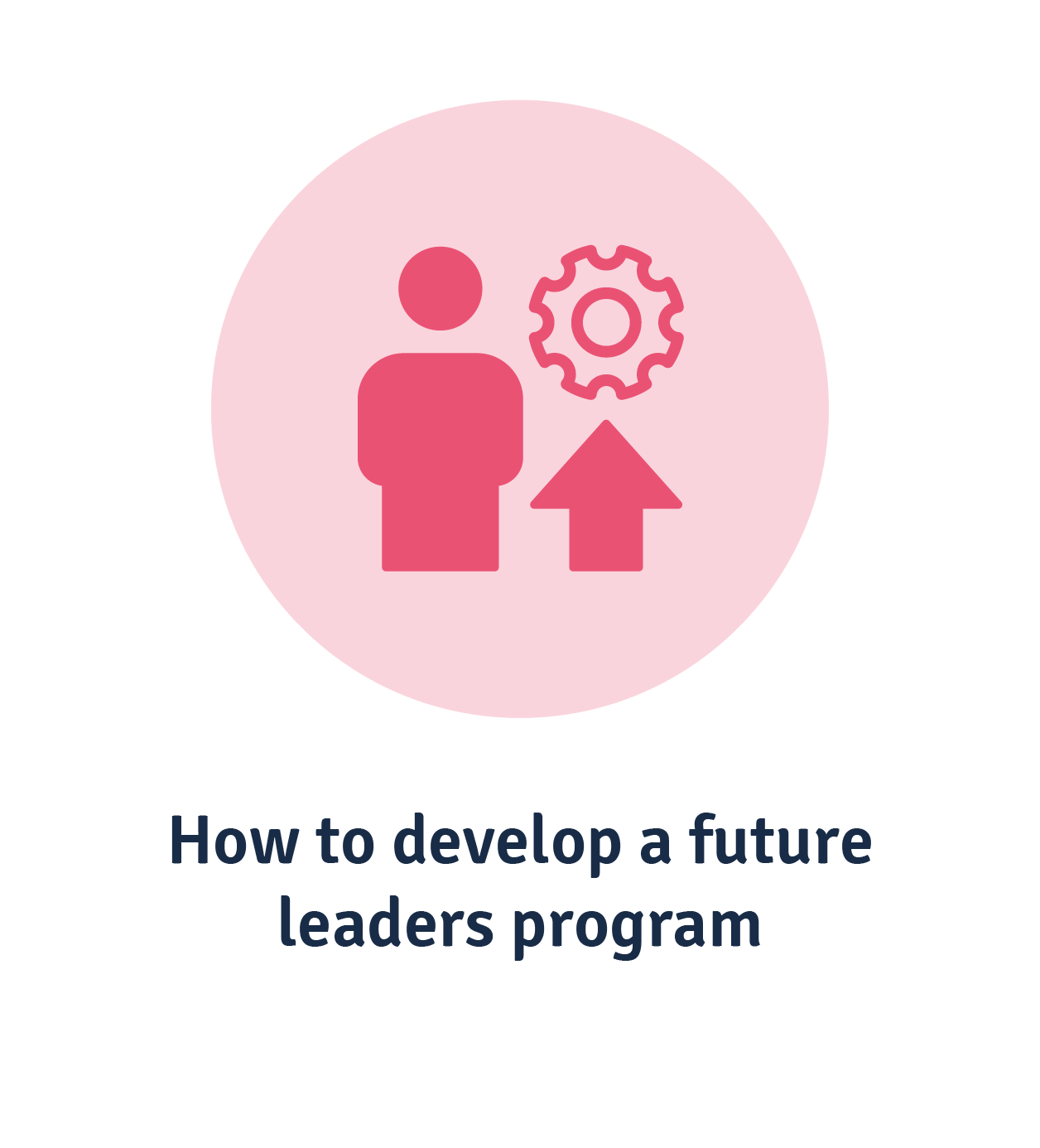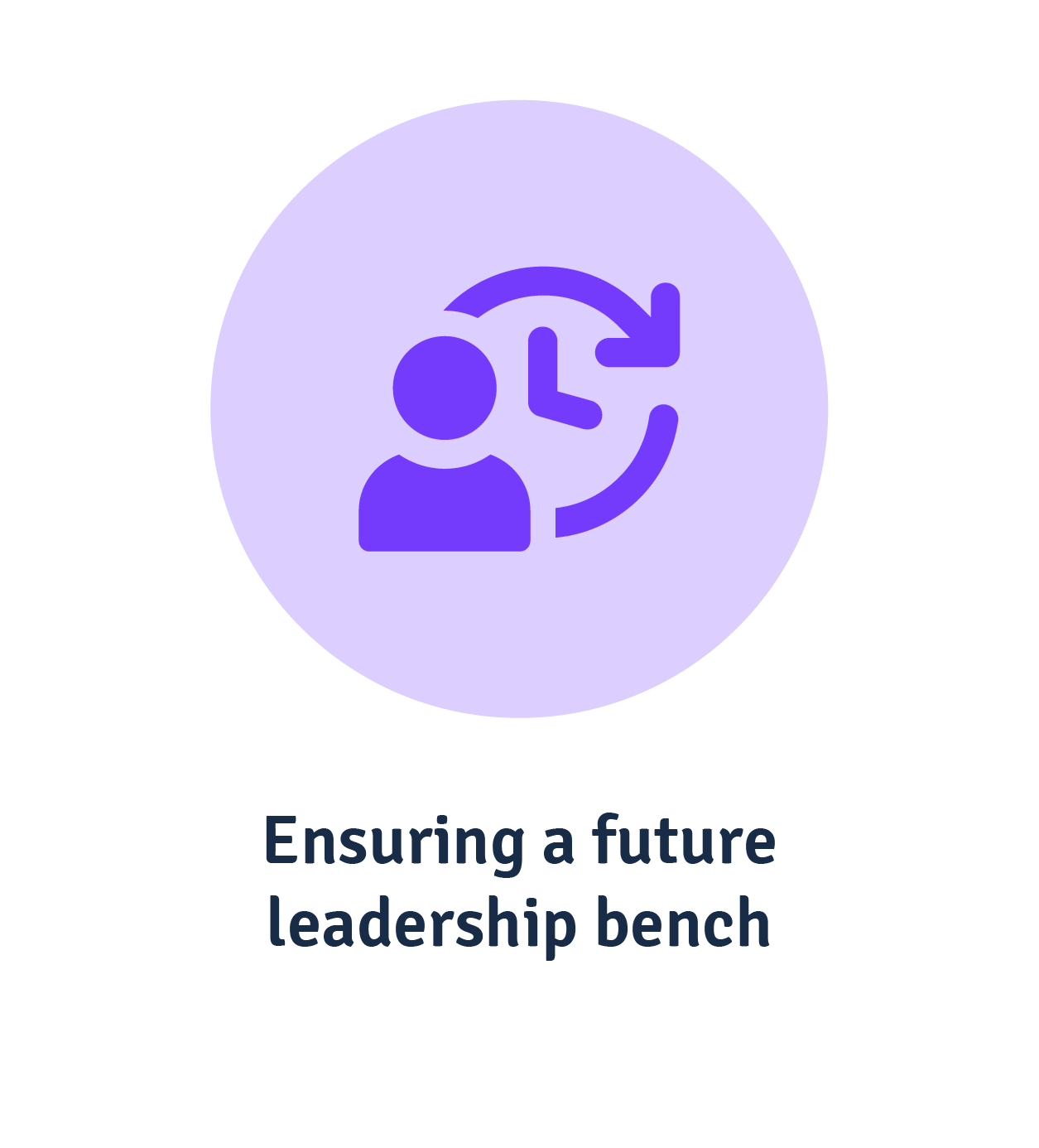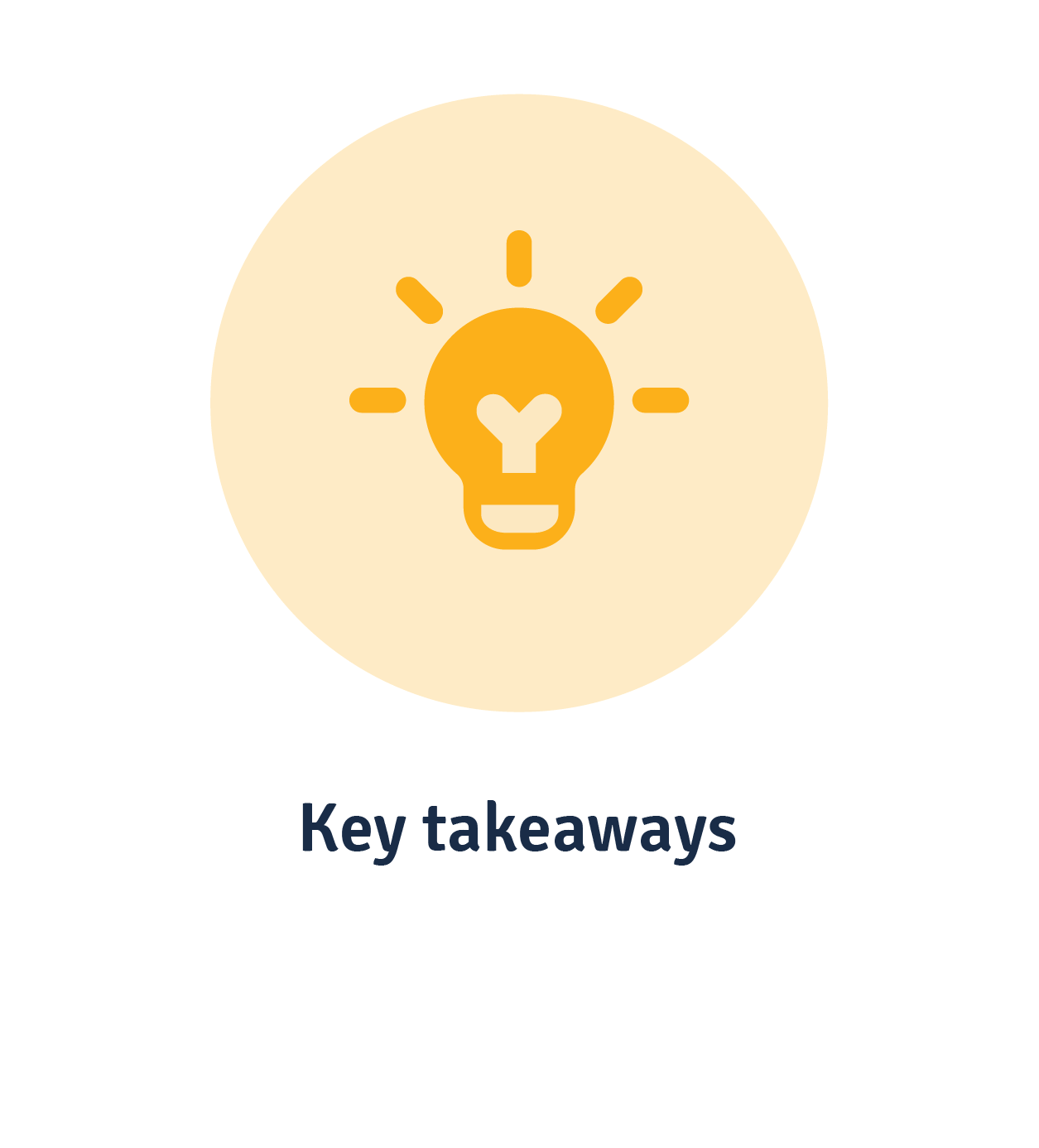We all know leadership is the most important element of an organisation, driving strategy, engagement and organisational resilience through a combination of innovation and routine.
Future leadership is often at the forefront of leadership development initiatives. That’s the pool of individual contributors who will one day step into a leadership role. How are you identifying and training them to strengthen your succession planning processes?
If you’re not, then this is the article for you. We talk about what future leadership is, the skills you should keep an eye on, how to develop a future leaders program, and the cultural changes needed to make this initiative stick.
What is a future leader?
Future leaders are current individual contributors who possess the qualities and potential to become a leader in your organisation, given the right development. They tend to emerge naturally in your workforce.
What are future leadership skills?
There’s another element to future leadership. It’s not just about creating a pipeline of emerging leaders, but ensuring those emerging leaders are equipped with future-ready capabilities.
The challenges facing business today are ever-changing, which means you need leaders who can adapt to and innovate through disruption. That throws up a few skills to look out for and nurture.
Technological intelligence
Innovation is a wheel that never stops spinning—and leaders can’t miss a turn, or they’ll be way too far behind the latest technology to understand what’s coming next.
But it’s not just software and hardware that comes under this umbrella. AR, AI, robotics and big data all impact business ways of work, and therefore your future leaders.
Consider analytics. There are a million tools that exist for all industries—but lacking a deeper understanding of how to reason with that data, a leader’s not going to be all that effective with things that move the needle.
Inclusivity
Most organisations know that their leaders need to be emotionally aware. But in an increasingly diverse and remote workforce, it’s only one part of the emotional labour that leaders will take on.
One Gartner study found that 69% of employees don’t think their leaders promote an inclusive team environment. Unconscious biases, lack of diversity and toxic dynamics are all the fault of leaders.
In this regard, inclusivity as a leadership capability encapsulates:
- Seeking differing perspectives and putting themselves in others’ shoes
- Acting and communicating transparently
- Being curious about others
- Effectively collaborating within their team and outside it
- Creating psychological safety.
Learning agility
Learning never stops, especially not on a leadership journey. If your business landscape is forever changing, that means your crucial skills and behaviours will shift—warranting a leadership style that embraces lifelong learning agility.
Learning agility is essentially a practice in improving one’s ability to learn. That means two things for leaders.
- Consistently seeking and undertaking formal professional development (mentoring, courses and programs).
- Turning workplace challenges and events into learning opportunities (including people and results-based problems).
Why are future leadership skills important to develop?
There are a few angles from which we can answer this question.
Firstly, the only constant you have in business is change. That means you need something that can weather the coming economic storms. Strong leadership capabilities reflect and capitalise on the business landscape.
Secondly and along the same vein, knowing what capabilities you need future leaders to possess ensures that development programs are addressing key business challenges.
Thirdly, the existence or absence of future leadership skills are a leading indicator of the resilience of your workforce. That includes the quality of your talent pipeline for succession plans.
What is a future leadership program?
A future leaders program works on bridging capability gaps in your emerging leaders. As future leaders are generally individual contributors, there is a specific focus on developing leadership capabilities for the first time.
The impact of not having a future leadership program
There are a few scenarios that can play out in answer to this question.
In the first scenario, you lose a key proponent of economic resilience. Knowing what capabilities you need future leaders to possess ensures that development programs are addressing key business challenges. Lacking knowledge of capability gaps, and the jump from IC to leader will be much harder and take more time when they need to assume the role.
The second scenario sees you lose the ability to assess the maturity and quality of leadership capabilities. The existence or absence of future leadership skills are a leading indicator of the resilience of your workforce. That includes the quality of your talent pipeline for succession plans.

And in the third (and perhaps most insidious) scenario, culture suffers. Employees want career development more than anything in a job, yet up to 40% of employees do not see a clear career path in their organisation. No development can be mean high turnover, and that means losing talent, influence and critical business knowledge.
How to develop a future leaders program
A future leaders program should reflect the melting pot of leadership potential and experience. That being said, there are a few core tactics you can utilise for future leadership development before someone’s inducted into a future leaders program.
Job rotations
Lateral job rotations usually last a few months before the employee moves back to their original role. That has the advantages of:
- Expanding and dispersing organisational capital
- Providing broader business context
- Uncovering innovations through new perspectives
- Filling vacant roles in the interim.
Alternatively, you can simply expand an employee’s responsibilities in their current role. Say there’s an emerging leader on a progression plan. Adding new tasks and responsibilities into their day-to-day can help slowly acclimate them to their changing workload and priorities.
This is generally a good way to:
- Easily offer ongoing support and interventions
- Perpetuate learning in the flow of work
- Encourage self leadership before they’re in the role.
Mentoring and coaching
Future leaders should have someone they can turn to for career advice and general guidance.
Consider the future that those employees face. It’s one thing to be digitally dexterous for oneself, but another to be able to make informed but snap decisions, uncover high potential in others and work in a way that’s beneficial for the organisation.
The real-time feedback and psychologically safe dynamic offered by mentoring also ensures that true behavioural change occurs in your future leaders. (In layman’s terms: Learning is sticky.)
Mentoring also offers a continuing connection even after a future leader steps into a new role, creating networks inside and outside your organisation.
Self-reflection
Leadership requires a shift in mindset. Leaders must be self-aware but not self-absorbed, strategically-minded and emotionally intelligent, accountable to higher powers and accountable for at least one other person. No small balancing act for someone who’s only ever had to think about themselves.
A self or personal leadership program prepares employees to define the type of leader they want to be. That includes visioning exercises, self-assessment of capabilities, defining “good” leadership and building actionable goals to succeed in a new role.
How do you successfully prepare employees for future leadership?
There are cultural and systemic practices to utilise alongside your future leaders program. Many programs fail to be sticky because the organisation simply doesn’t have systems that help learners succeed.
Align learning and business outcomes
It may seem like the simplest trick in the book, but alignment can slip through the cracks. Brandon Hall Group found only 13% of surveyed organisations had actioned truly aligned learning strategy and business strategy. At the very least, you want to be providing accurate business context for your future leaders.
Alignment is a complex process. You want to build partnerships between HR and L&D and other business functions to shape an accurate learning strategy for their future leadership needs. This is why we’ve created the first performance learning management system (PLMS) here at Acorn. It’s designed to align capabilities with business strategy and codify and operationalise them to improve organisational efficiency.
Frameworks and processes for measuring success should also be built out. Those partnerships are necessary here, too; they’ll outline the KPIs that really have an impact and therefore help L&D demonstrate ROI or flag areas for improvement.
Create talent champions
Look to those who are face-to-face (or face-to-screen) with your workforce most often. Existing team leaders and managers see high potential emerging every day.
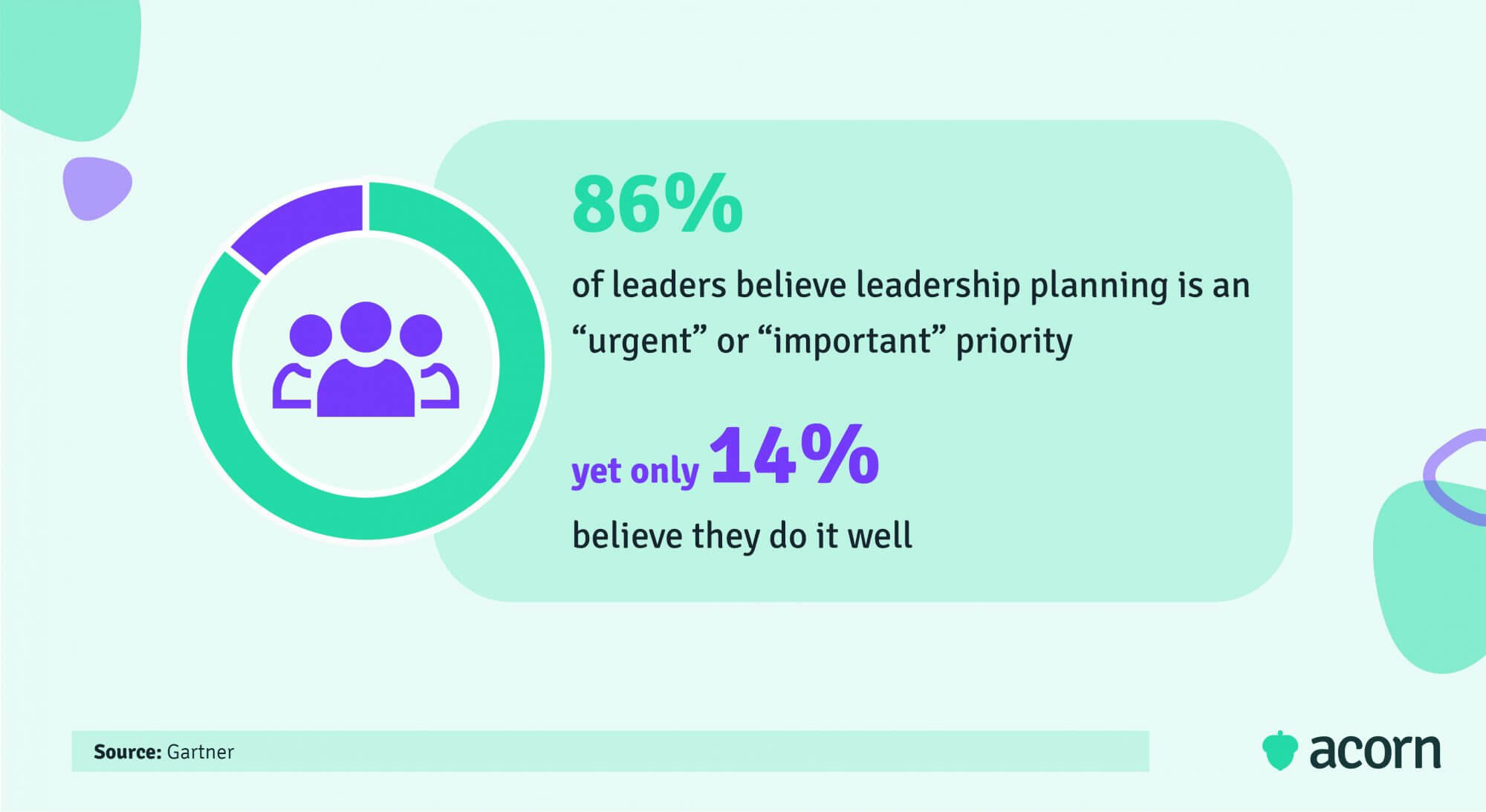
You just need to give managers the tools to accurately assess talent and potential.
- Provide access to digital capability maps, maturity models and skills registers. It’ll help negate potential confirmation bias.
- Systemically encourage talent mobility and job rotations. Position managers as talent management partners, so they can inform talent matchmaking and better understand project and organisational needs.
- Offer incentives to avoid talent hoarding. Supply as much talent as you demand from them, and continue to give managers development opportunities, too.
Post-training enablement
Here is the support process that actually makes learning sticky. Most training programs lose efficacy if a gap exists between how things are taught and how they will be applied.
Take sales enablement. It’s common in sales training to make sure learning is usable in the real world, replicable in their day-to-day and focused on the buyer experience-based pain points that salespeople actually face. Without that context, a key part of your revenue engine will depend on the talent of a few (who can leave at any time) rather than the best practice of many.
When it comes to supporting a future leaders program, post-training enablement can look like:
- Follow-up microlearning courses to reinforce new knowledge.
- More frequent challenges imbued into an employees’ day to day (e.g. heading up a project with other team members).
- Additional responsibilities that reflect learned capabilities (see job rotations, above).
Why future leadership development fails
Speaking candidly, there are a few ways you can trip up.
- Focusing too heavily on employees who are already leaders in your talent pipeline.
- Only considering future leadership when vacancies pop up.
- Lack of strategic clarity or documentation around leadership capabilities.
The impacts from these mistakes tend to manifest in the same way. High-potential individual contributors simply don’t know what the organisation needs of them, leading to inconsistent behaviours and processes, which ultimately embargoes teams and business functions with siloed ways of work. In turn, that creates confusion for HR and L&D trying to align training needs with capability gaps, meaning that they miss their targets.
It may sound a little worst-case scenario, but the knock-on effects of ill-aligned leadership development roll fast. If you don’t start training leaders before they’re actually leaders, then you won’t create a truly informed or continuous talent pipeline, and you may actually be working on lag during succession planning.
Key takeaways
Your talent pipeline should start before it’s even truly begun. That is, you need to be identifying and nurturing future leaders before they’re technically ready to step onto a leadership development track.
The advantage is that you’re instilling key leadership capabilities in them early on, better preparing them for more specialised leadership training down the line. That gives you a value proposition to retain top talent and a clearer understanding of the capability gaps in your workforce, through which you can provide more impactful training and enablement.
Related Reads on This Topic

How to Identify Emerging Leaders and Why They’re Important for Succession Planning
Identifying and developing emerging leaders is not only important for the future of your company, but improving your current state…

How Talent Supply Chain Management Can Boost Productivity and Growth
A talent supply chain is the key driver behind a workforce delivering on organisational goals. Let’s take a look at how you can build one…

Emergent Leadership: The Key to Empowerment Within Your Business
Individuals will distinguish themselves as leaders from the group even without being assigned. What causes this and how can you encourage it…
